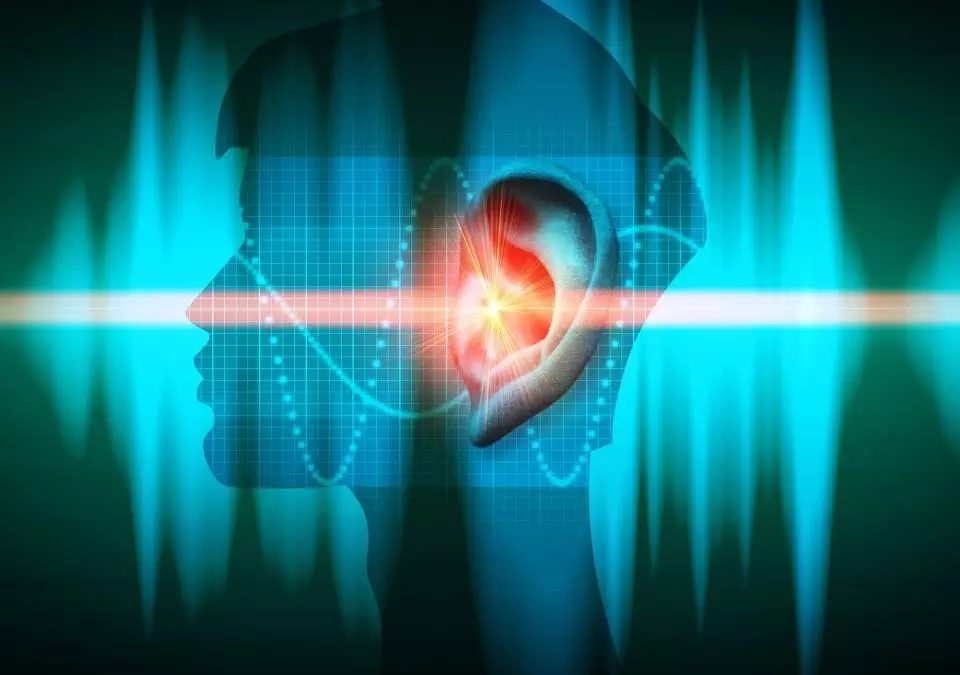We are Committed to Your Hearing Health
Our Services
Audiological Services
Basic Audiological Services
Diagnostic hearing testing for adults and children hearing aid fittings and fine tuning newborn hearing screenings dispensing of custom hearing protection devices
Advanced Audiological Services
- Auditory brainstem response (ABR) assessment
- Auditory steady state response (ASSR) testing
- Dizziness testing (videonystagmography –VNG)
- Central auditory processing disorder (CAPD) assessments
- Electrocochleography (eCochG)
Diagnostic Hearing Testing for Adults
A behavioral diagnostic hearing test takes place in a sound-treated booth and comprises of the audiologist presenting different stimuli to an individual to assess their ability to hear. The evaluation takes approximately 30-60 minutes.
How is a small child’s hearing assessed?
Hearing Aid Fitting Process
Hearing Aid Evaluation
Once a hearing assessment has been completed, the audiologist may recommend hearing aids. The main purpose of hearing aids is to amplify sound and to improve the wearer’s perception of speech clarity. Hearing aids fit either behind the ear or inside the ear. There are various shapes, sizes and strengths available.
Evaluation & Fitting Process First visit
The first encounter with your audiologist:
This discussion ordinarily occurs at your initial consultation after your hearing evaluation is complete.
Your communicative and listening needs and the impact of your hearing impairment on your lifestyle are further considered.
Your need for a hearing aid and why you would experience benefit from one or two devices is explained.
Hearing aid options are then discussed. At Shamim Ebrahim Inc., the audiologists work closely with various hearing aid companies so that the most suitable device for your hearing loss may be selected.
An impression of your ear will be taken if necessary.
Evaluation & Fitting Process Second Visit
The second encounter with your audiologist:
You will be contacted by one of our receptionists when your hearing aid/s arrive at the practice.
At your second appointment, the hearing aid’s physical fit and comfort are assessed and the aid/s is/are programmed according to your hearing test results.
You are then orientated to your hearing aid/s in terms of use, care and maintenance.
Evaluation & Fitting Process Third Visit
The third encounter with your audiologist:
Changes/fine tuning adjustments are made to your hearing aid/s based on your listening experiences.
The need for accessories and/or assistive listening devices is discussed.
Should you wish to purchase the device/s, a motivation regarding your need for hearing aids for your medical aid will be compiled and the claim will be sent directly to your medical aid.
Hearing aid prices are inclusive of two follow-up appointments, in order to further fine tune the hearing aid/s.
Audiological Protection
Types of Hearing Protective Devices
There is a variety of hearing protection available in order to best suit your level of noise exposure, your listening needs and your budget.
According to health and safety laws, individuals exposed to a certain level of noise daily or excessive noise sporadically, should be utilizing hearing protection devices. Hearing protection devices reduce the likelihood of hearing loss by minimizing the loudness of noise entering the ears.
Ear Muffs
These devices cover the outer ears. The inside of the cups is lined with a special foam which reduces incoming noise. Ear muffs may be used with ear plugs for maximum protection.
Ear Plugs
These may be pre-formed or custom-made. Pre-formed ear plugs come in different, pre-determined sizes and are immediately available for purchase. Foam ear plugs will expand to fill the ear canal; thereby sealing it off in part, from incoming noise. These may be disposable or reusable. Custom ear plugs can be made specifically to fit your ear canals and are generally more effective in minimizing your exposure to potentially harmful noise.
Ear/Canal caps
These devices cover the ear canal at its opening. They tend to provide less protection than ear muffs or ear plugs and are therefore seldom recommended.

What Causes Hearing Loss?
There are two major types of hearing loss. The type of hearing loss will be determined by where in the auditory system the problem lies.
Conductive Hearing Loss
This is caused by any type of blockage to the sound signal, either in the ear canal or in the middle ear. This will cause an inefficient transfer of sound from the outer ear to the inner ear.
Sensorineural Hearing Loss
This is caused by a disorder in the cochlea (main organ of hearing) or in the auditory nerve. A very common cause of sensorineural hearing loss is damage to the hair cells in the cochlea.
Meet The Experts

Shamim

Hema
My daughter Natasha was diagnosed with a mild to severe hearing loss at 6 weeks. Shamim was there from the first OAE’s to the ABR tests to the many ‘booth’ tests since – holding our family together through the many challenges in her calm, professional and caring way.
Appointments
All patients are seen on an appointment basis. Should you wish to make a booking, please contact our receptionists on
(011) 482-5530 and they will assist you in finalising a suitable date and time,
Alternatively, click on the button below.


